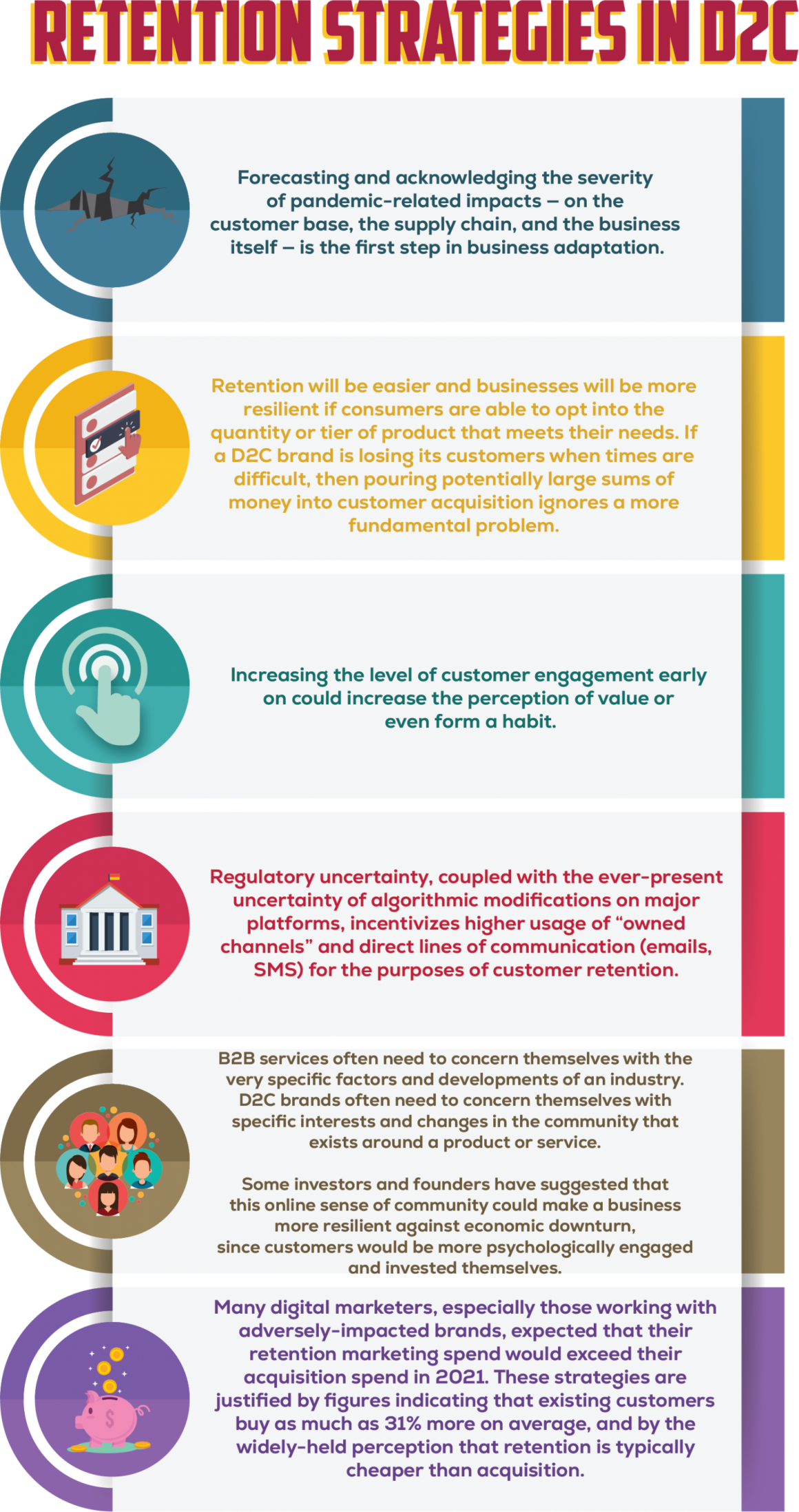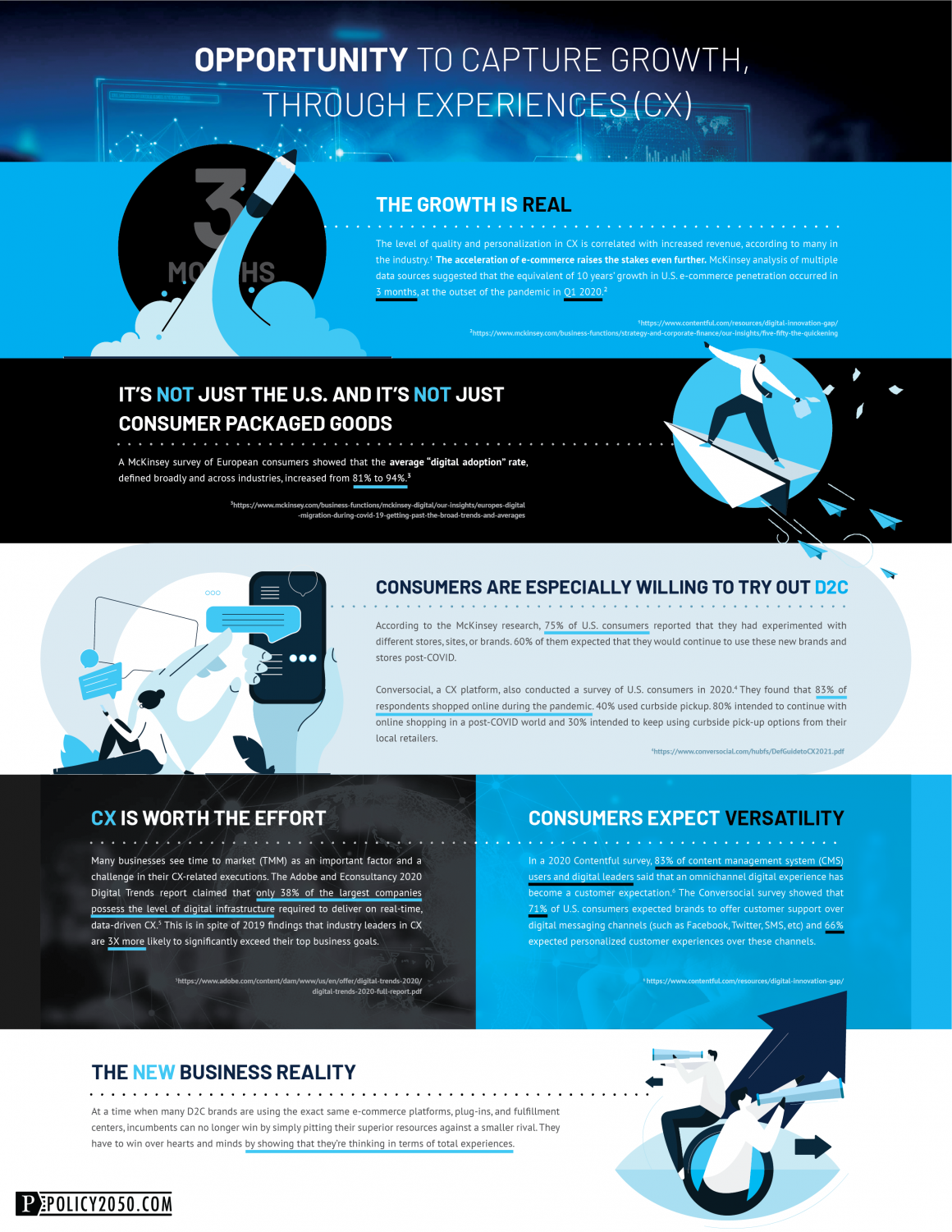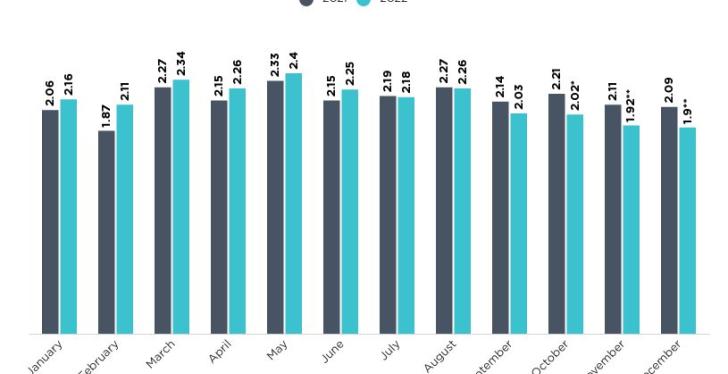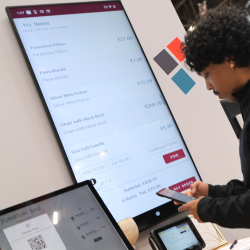
Think tank releases digitization action plans for business resilience
Series of direct-to-consumer (D2C) reports answers fundamental questions in massive ecommerce shift
Policy2050.com, a think tank for tech policy and business strategy, has released a series of reports about new developments in direct-to-consumer channels: “D2C and Other Digital Adaptations During COVID-19,” “D2C in Health/Wellness CPGs, 2021: Strategic, Social, and Policy Considerations,” and “D2C Strategies in the Personal Care Market, 2021.”

Throughout 2021, the pandemic has been a continuing source of uncertainty for businesses and society due to the emergence and spread of highly contagious variants, disparities in vaccine distribution, vaccine hesitancy, a loss of confidence in the herd immunity threshold, varying government responses, and supply chain disruptions.
Amid this uncertainty and asymmetric economic recovery, ecommerce is increasingly looked upon by consumers as a refuge from a more chaotic and less safe retail environment. This was reflected in an ecommerce growth rate of 32.4% during 2020, as recorded by the U.S. Department of Commerce.
While many businesses can’t afford to neglect this moment of “acceleration,” best practices involve distinguishing between short, medium, and long-term trends, and planning accordingly.
D2C is an attractive ecommerce option, differentiated from direct response and mail order precedents by the hyper-targeting of prospects, the use of data and third-party tools for customer-centric experiences, mobile-friendly interfaces, social media engagement, real-time tracking, and a distinct appreciation for customer lifetime value.
While customer acquisition costs (CAC) can be steep and fluctuate according to bidding for digital ad inventory, data-driven retention tactics, recurring revenue, and continual fine-tuning of product/market fit help to extract customer lifetime value (CLV).
“Businesses must rapidly adapt during this crisis, or more pain will be felt across the global value chain,” said David Pring-Mill, founder and chief analyst of Policy2050.com. “It’s time to start thinking of ecommerce as a tool for protecting stakeholders and achieving economic resilience, instead of as a disruptive force.”

D2C market dynamics:
• D2C is sometimes misrepresented as a streamlining of operations, when it potentially increases logistics complexities for brands and raises the bar for internal expertise, cross-functional KPIs, and omnichannel strategies. Similarly, consumers may find it simpler to consolidate their shopping on one ecommerce platform unless there’s added value in the D2C option.
• Free shipping and returns are increasingly a consumer expectation, though this can be pegged to order value. Costs might also be mitigated by fulfillment center adjustments oriented around the most active regions.
• Increased consumer familiarity with ecommerce/D2C means that digital marketers can focus more on product qualities, instead of explaining digital business models.
• D2C marketing often includes a mission-driven brand story and segmented or personalized digital offers.
• An online sense of community around a brand could amplify messaging. At the same time, consumers can hold these brands accountable by deep researching practices and options, returning unsatisfying products, posting reviews, subscribing or unsubscribing, following or unfollowing, and sharing or ignoring content.
• Different product categories may have significantly different average lifetime values and retention rates. Big-ticket items may justify more retargeting expenditure.
• In 2020, pandemic-related furloughs and layoffs acted as drivers of seller activities on C2C platforms, which may have competed with D2C for some needs and categories.
• D2C startups shouldn’t be valued like tech companies due to the costs associated with their scalability. However, digital natives may still possess a Silicon Valley advantage through their financing, use of data and tech stacks, metrics, and cultures.
• Many D2C startups that are fundamentally rethinking categories or positioning have found it difficult to establish the right manufacturer relationships. More broadly, pandemic-caused supply chain disruptions underscore the need for multisourcing, stakeholder theory, predictive analytics, rapid adjustments, an optimal balance of quality and price, localization, sustainability, 3D printing, sufficient packaging capacity, warehouses with omnichannel fulfillment, smart lockers, and other infrastructure/practices that support resilience.
D2C strategies:
• Many D2C brands are switching their budgets and focus from acquisition to retention, where top of funnel tactics such as personalized offers and digital content still apply.
• In lieu of point-of-sale promotional displays, many brands are using geo-targeted digital ads to support their brick-and-mortar retail channels.
• Courier congestion amid an unprecedented surge in ecommerce led to increased consumer scrutiny of where brands are based, and many dropshippers lost market share. Even domestic D2C brands might need to communicate more proactively and persuasively by showing behind-the-scenes content, setting expectations, offering guarantees, and acknowledging delays should they occur.
• During the pandemic, SMS became an increasingly popular D2C tactic but it often requires a specific tone and type of offer and tends to convert better with younger demographics.
• 10-30% first order discounts are widely used as a way of incentivizing email signups. Some disruptive brands are even “stacking” multiple offers and putting a time limit on them to create a sense of urgency or perceptions of scarcity.
• Many successful email campaigns blend product-related education with creative or lifestyle-related inspiration. Influencers or digital advertorials can be leveraged for additional credibility.
• Contrarian entrepreneurs might see the market, or a particular consumer segment, differently than most. If they’re right, they may have less competition and more room to innovate, especially on a D2C channel.
• Although it’s sometimes a questionable practice, digital marketers are mapping their brands’ health/wellness value propositions against underlying anxieties, psychologies, and lifestyle goals in order to achieve higher conversions.
• Personal care categories are natural contenders for subscription models due to their relatively predictable rates of consumption. Some innovative brands are even attempting to “personalize” their formulations in order to create intrigue and gain loyalty.













